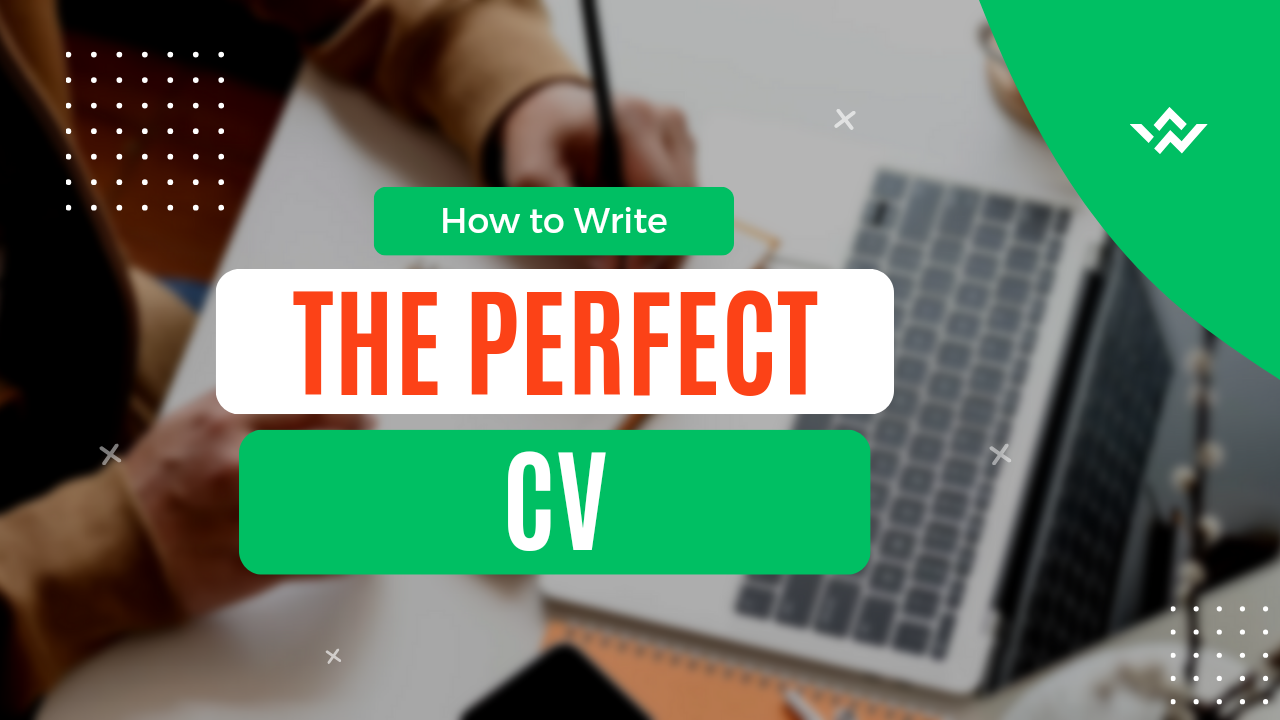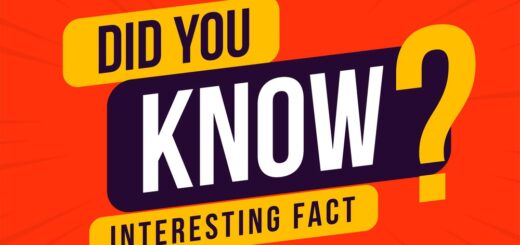Ultimate Guide: Writing the Perfect CV

Your Ultimate Guide to Job Application Success
In today’s job market, a compelling CV is your golden ticket to securing interviews and ultimately landing your dream job. Think of it as your personal marketing document – a snapshot of your professional journey, showcasing your skills, experience, and qualifications to potential employers.
While the basic structure remains consistent, a well-written CV goes beyond simply listing information. It tells a story, highlighting your unique values and how you can contribute to the organization.
Let’s delve deeper into the art of writing a CV that captures attention and opens doors, the following are elements of a perfect CV:
Personal Information
- Name: Use your full name, ensuring consistency across all professional documents.
- Contact Details: Provide a professional email address (avoid nicknames or informal handles) and a reliable phone number where you can be easily reached.
- LinkedIn Profile: Optionally, include a link to your updated LinkedIn profile, especially if it’s relevant to the industry you’re applying to.
- Address
Personal Profile
- Summary: A concise paragraph (2-3 sentences) summarizing your career goals, most relevant skills, and unique strengths. This serves as a snapshot of your professional identity.
Work Experience:
- Reverse Chronological Order: List your most recent experience first.
- Company Name & Location: Provide the full name of the company and its location.
- Job Title: Clearly state your job title, ensuring it aligns with the industry standard.
- Dates of Employment: Include month and year for both start and end dates.
- Responsibilities & Achievements: Describe your main responsibilities using action verbs and quantifiable metrics to showcase your impact (e.g., “Led a cross-functional team of 8 to launch a new product line, resulting in a 20% increase in market share within 6 months”).
- Tailor to the Job: Highlight experiences and achievements most relevant to the position you’re applying for.
Education:
- Institution Name & Location: Include the full name of the institution and its location.
- Degree: State your degree title and any relevant major or minor fields of study.
- Dates of Attendance: Include month and year for both start and end dates.
- Academic Achievements: Mention relevant honors, awards, scholarships, or high GPA if applicable.
- Relevant Coursework: If you have limited work experience, list relevant coursework or projects that demonstrate your skills and knowledge.
Skills:
- Categorize: Divide your skills into relevant categories (e.g., technical, language, software, soft skills).
- Tailor: Focus on skills that align with the job requirements.
- Proficiency Levels: For certain skills (e.g., language proficiency), indicate your level (e.g., beginner, intermediate, advanced, fluent).
- Evidence: Where possible, provide examples of how you’ve applied these skills in previous roles.
Additional Sections (Optional):
- Awards & Honors: List any relevant awards or honors you’ve received.
- Certifications: Include any professional certifications or licenses you hold.
- Volunteer Work: Highlight volunteer experiences that showcase your skills and commitment.
- Publications & Presentations: If applicable, list any publications or presentations you’ve authored.
- Interests: Briefly mention relevant interests or hobbies that demonstrate your personality or complement your professional profile.
CV Formatting
- Font: Choose a clean and professional font like Arial, Calibri, or Times New Roman, with a font size between 10 and 12 points.
- Margins: Use standard margins (1 inch on all sides) to ensure readability.
- Spacing: Single-space your text and leave a blank line between sections.
- Alignment: Left-align your text for a neat and organized look.
- Length: Aim for a concise CV, ideally 1-2 pages.
- File Format: Save your CV as a PDF to preserve formatting.
- File Name: Use a clear and professional file name (e.g., YourName_CV.pdf).
Proofreading & Editing
- Thoroughly review: Check for any grammatical errors, typos, or inconsistencies.
- Ask for feedback: Have a friend, mentor, or career counselor review your CV and provide constructive feedback.
- Update regularly: Keep your CV updated with your latest experiences and achievements.
By following these guidelines and tailoring your CV to each specific job application, you can create a powerful document that not only highlights your qualifications but also tells a compelling story of your professional journey. Remember, your CV is a dynamic tool that should evolve alongside your career, opening doors to new and exciting opportunities.
Do you Need further help or have an idea to share? Feel free to comment.
Hot Offer!
Study in the UK this year with XploraEdus free admission & visa application. Click Here to DM XploraEdus on WhatsApp now












